Support Your Local Lepidopterist
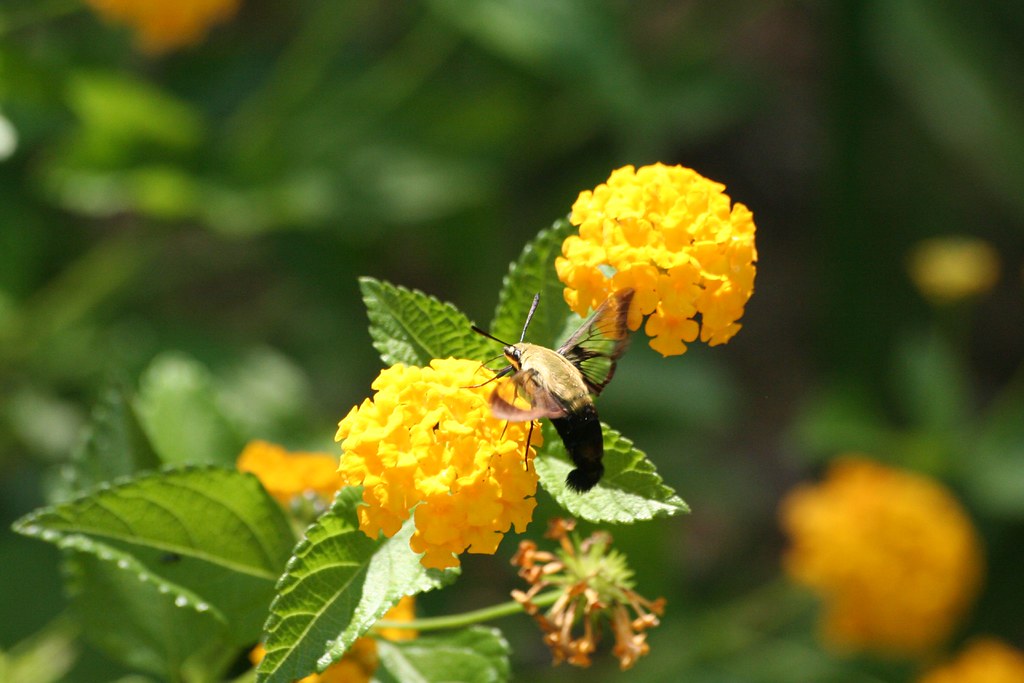 Our new home has something I consider to be of an added benefit: an established Southern yard. This was, to me, one of the selling points. The yards came complete with huge, old azaleas, a gardenia shrub, large trees and shrubs of various varieties and, in the front yard, two planned flower/shrub beds. While this is a good start, there is work to be done. Little or nothing has been done to the yard in any real fashion for the past couple of years. And, to quote one of my colleagues, the yard's a hot mess.
Our new home has something I consider to be of an added benefit: an established Southern yard. This was, to me, one of the selling points. The yards came complete with huge, old azaleas, a gardenia shrub, large trees and shrubs of various varieties and, in the front yard, two planned flower/shrub beds. While this is a good start, there is work to be done. Little or nothing has been done to the yard in any real fashion for the past couple of years. And, to quote one of my colleagues, the yard's a hot mess.
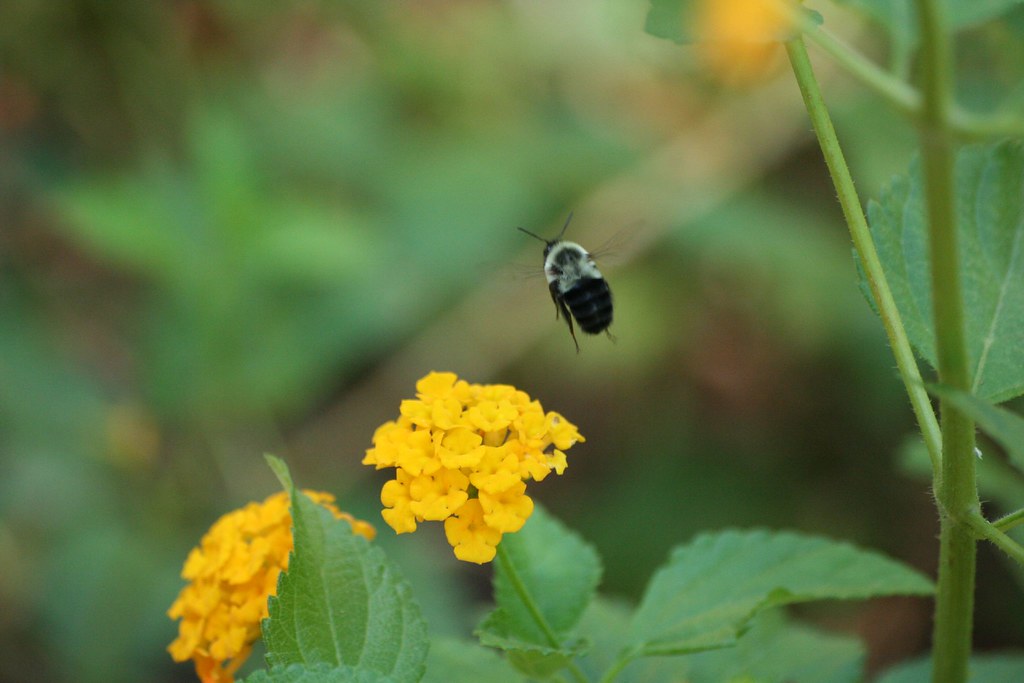 After raking out the mounds and pounds of straw, cones and bark (not to mention screaming like a girly girl on more than one occasion when accosted by gargantuan palmetto bugs - this is why everyone should use cedar mulch), I had what resembled a clean bed. This is also when I discovered that my lantana bed was so much more. It was also an Iris bed (at least, that was my thought at the time). And, too, it was a daylily bed. And, it was where someone decided that a few clumps of random liriope should go. I'm still not sure what the thought process was here. These others are INSIDE the bed, and when the lantana is at full-steam-ahead strength, you wouldn't really be able to see them. But, before I just started randomly pulling out plants, I decided to let sleeping dogs, and all that. I'll give everything a season to change my mind, and then I'll do the random ripping (with the exception of the Asiatic lillies by the mailbox, but that another story).
After raking out the mounds and pounds of straw, cones and bark (not to mention screaming like a girly girl on more than one occasion when accosted by gargantuan palmetto bugs - this is why everyone should use cedar mulch), I had what resembled a clean bed. This is also when I discovered that my lantana bed was so much more. It was also an Iris bed (at least, that was my thought at the time). And, too, it was a daylily bed. And, it was where someone decided that a few clumps of random liriope should go. I'm still not sure what the thought process was here. These others are INSIDE the bed, and when the lantana is at full-steam-ahead strength, you wouldn't really be able to see them. But, before I just started randomly pulling out plants, I decided to let sleeping dogs, and all that. I'll give everything a season to change my mind, and then I'll do the random ripping (with the exception of the Asiatic lillies by the mailbox, but that another story). 
 While on my search to identify my first true, recordable sighting, I discovered that not only are there butterflies, but also skippers and moth-butterflies (not to be confused with moths). This led to another round of shutter snapper about the bed.
While on my search to identify my first true, recordable sighting, I discovered that not only are there butterflies, but also skippers and moth-butterflies (not to be confused with moths). This led to another round of shutter snapper about the bed. Identifying these critters is an Herculean task. I've got a website or two that I'm using at the moment, and I've ordered a couple of field guides to help, but goodness, it's a complicated process. Sometimes, it's not what you see on the 'color' (or dorsal) side, but what's on the 'under' (or ventral) side. Which means, I'm trying to time two different shots: one with the wings open, and one with the wings closed. These are also usually two different angles that I'm trying to get before the thing decides to take off and land again. I'm definitely learning patience, perseverance and frustration management.
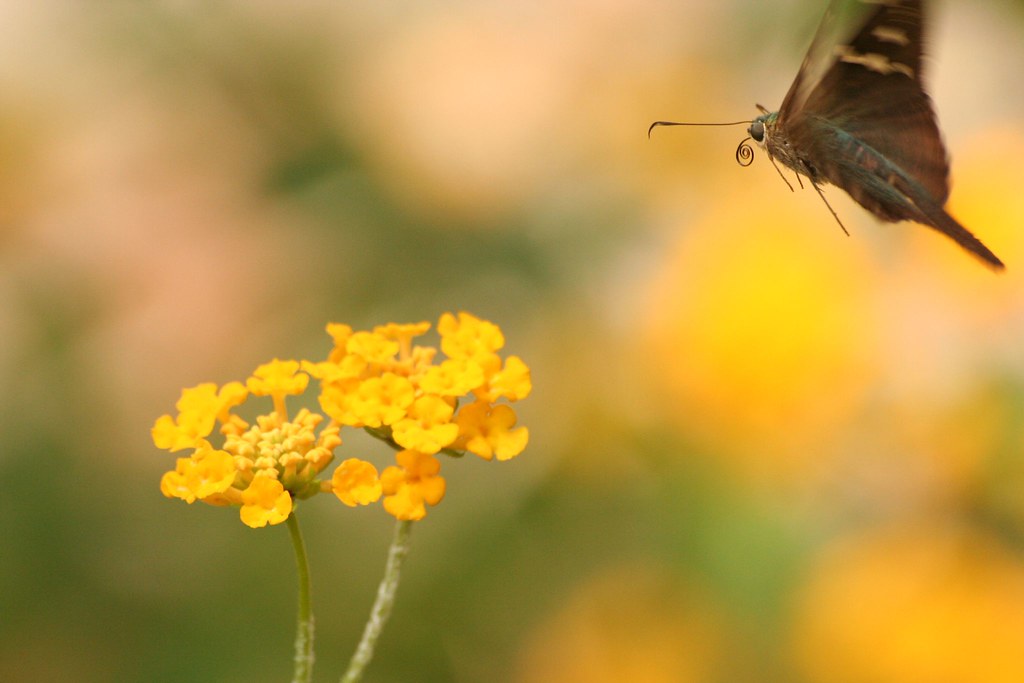
Other than the unidentified insect at the top and the bumblebee, the critters are, from top to bottom, the Common Buckeye, the Pearl Crescent, and the American Lady (dorsal and ventral). The bottom photo is of a Longtailed Skipper, which I did get while feeding. It has a really cool blue body. You can check it out on my Flickr photostream along with some of the other skippers I photographed.
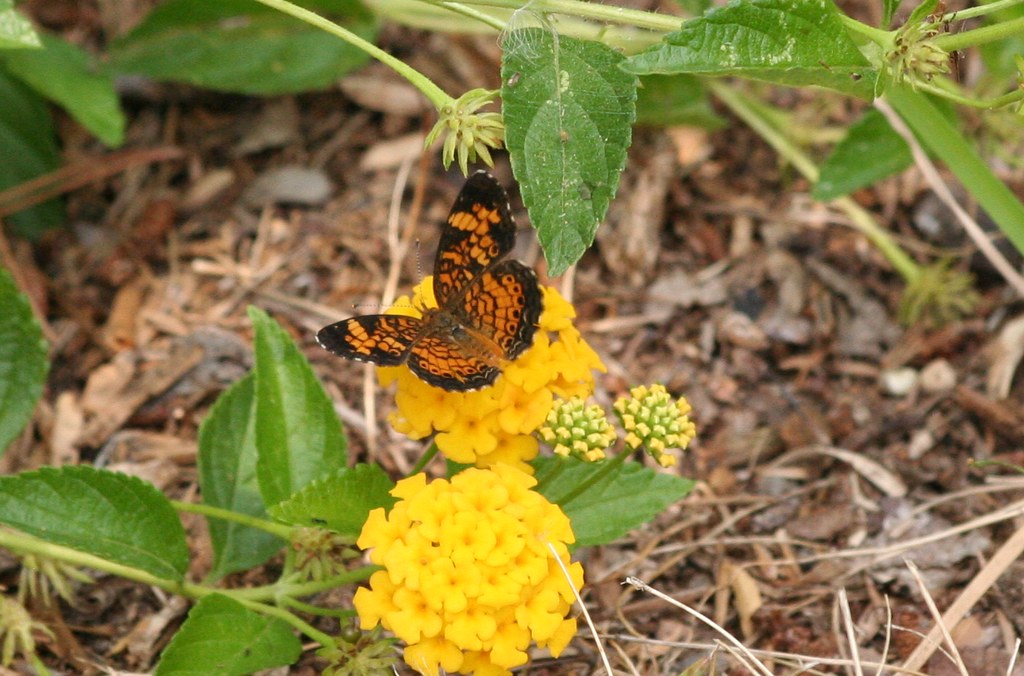
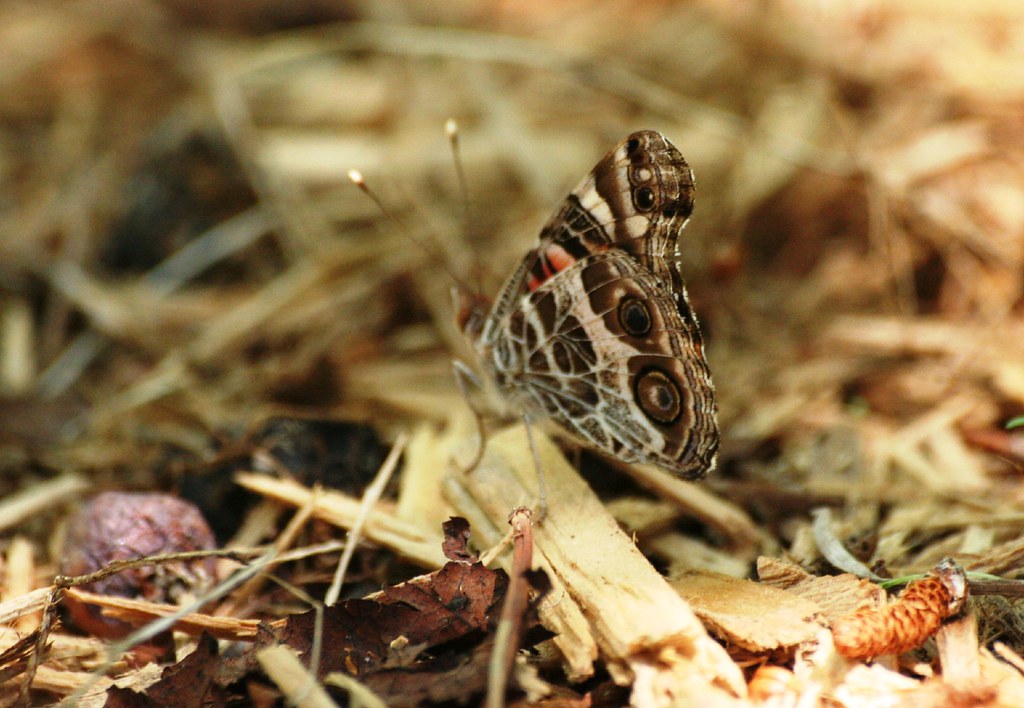






2 comments:
Nice. You almost inspired me to clean up the flower beds here and take some pictures of the stuff I see flying around. Almost...
awesome aweseome awesome shot of the butterfly's feeding structures!
Post a Comment